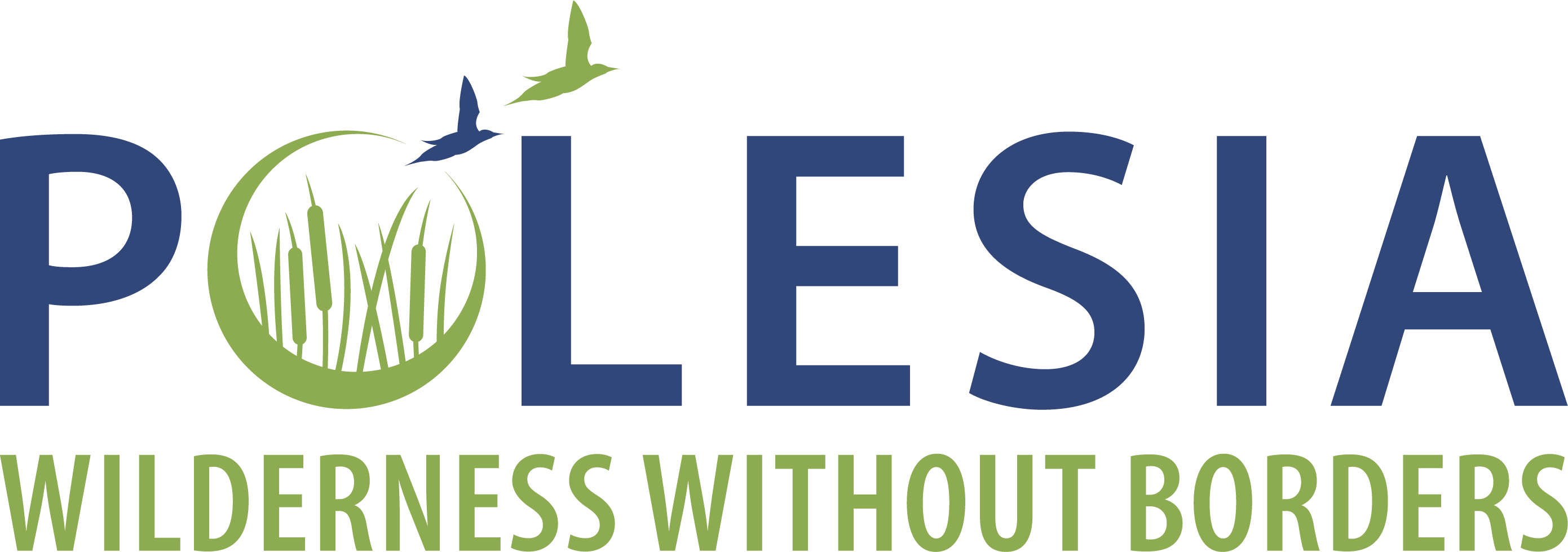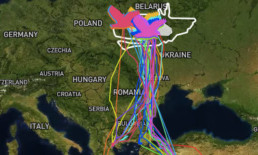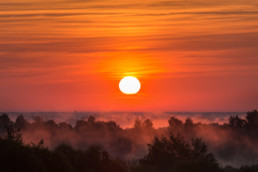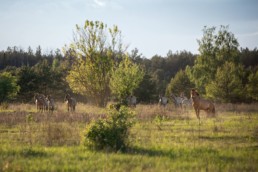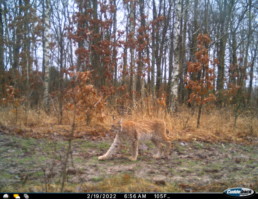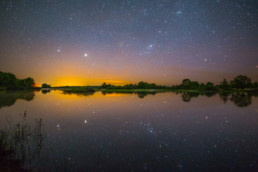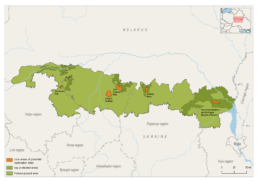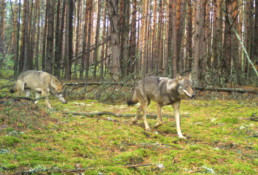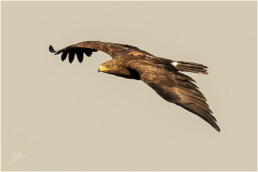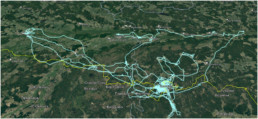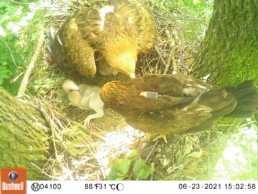All tagged Greater Spotted Eagles have returned to their breeding grounds in Polesia
by Adham Ashton-Butt
Last July, we satellite tagged the fifteenth Greater Spotted Eagle in Polesia. Since then, the eagles have spent the winter in Southern Europe or Africa before returning to their breeding grounds this spring and despite the chaos caused by COVID-19, data collection on their breeding ecology has begun. Luckily, social distancing is not too difficult in the remote mires of Polesia…
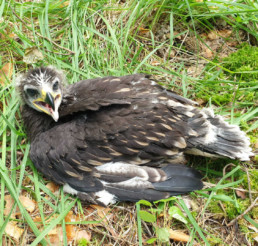
Greater Spotted Eagles are classed as endangered in Europe, with less than one thousand pairs remaining (IUCN 2015). Twenty percent of Europe’s Greater Spotted Eagles breed in Ukraine and Belarus, the majority of those in Polesia (78% breed in Russia and just 2% in the rest of Europe). Compared to Western Europe, where Greater Spotted Eagles are virtually extinct, Polesia still has large areas of intact forest and wetlands; the preferred habitat for this charismatic species. Worryingly, even in Polesia, eagles are declining, with fewer pairs breeding in the region each year.
As part of the “Wilderness Without Borders” project, we at the BTO are working with Belarusian eagle expert Valery Dombrovski and colleagues from the Estonian University of Life Sciences to devise a conservation plan to halt Greater Spotted Eagle decline.
The first task is to find out the reasons behind this decline. Are adults dying prematurely or are chicks failing to reach maturity, and why? We hope to answer these questions using a two-pronged approach:
Firstly, adult eagles are fitted with lightweight GPS tags, allowing us to see what habitats the eagles use most, where they go during the winter, how many survive and where mortality occurs.
Secondly, we are placing camera traps at nests along a gradient of habitat disturbance. This ranges from breeding territories in natural habitats to ones in habitats that are highly modified through human activity, such as intensive agriculture. The camera traps will record type and regularity of the food adults bring to their chicks and what proportion of chicks leave the nest successfully. This information will reveal how well chicks develop during the breeding season and whether the habitat surrounding the nest site affects the food availability and survival of chicks.
Greater Spotted Eagles are migratory birds and are known to winter in Southern Europe and Africa. However, before this project, very little was known about their migratory route or if there are any distinct migratory patterns or differences between populations.
Although it is too early to make any definitive conclusions, our early results suggest that it is problems on the breeding grounds in Polesia that are causing declines. Of the fifteen adult Greater Spotted Eagles tagged in 2017 (six) and 2019 (nine), all fifteen are still alive. However, none of the chicks from last year fledged and some adults did not even attempt to breed. This could have been because of food shortages or human disturbance near the nest. This year, with the help of extra funds from the British Ecological Society, we have placed cameras on twenty more nests. This is no mean feat, accessing a nest can involve a three-hour trek through a bog and a hair raising twenty metre climb up a tree, but it is key to understanding why chicks are not successfully fledging.
We will need to monitor tagged birds and their nests for a further three years before we are able to make robust conclusions about why Greater Spotted Eagles are declining. Only with this solid data, can we formulate an effective action plan to save this iconic wetland predator.
